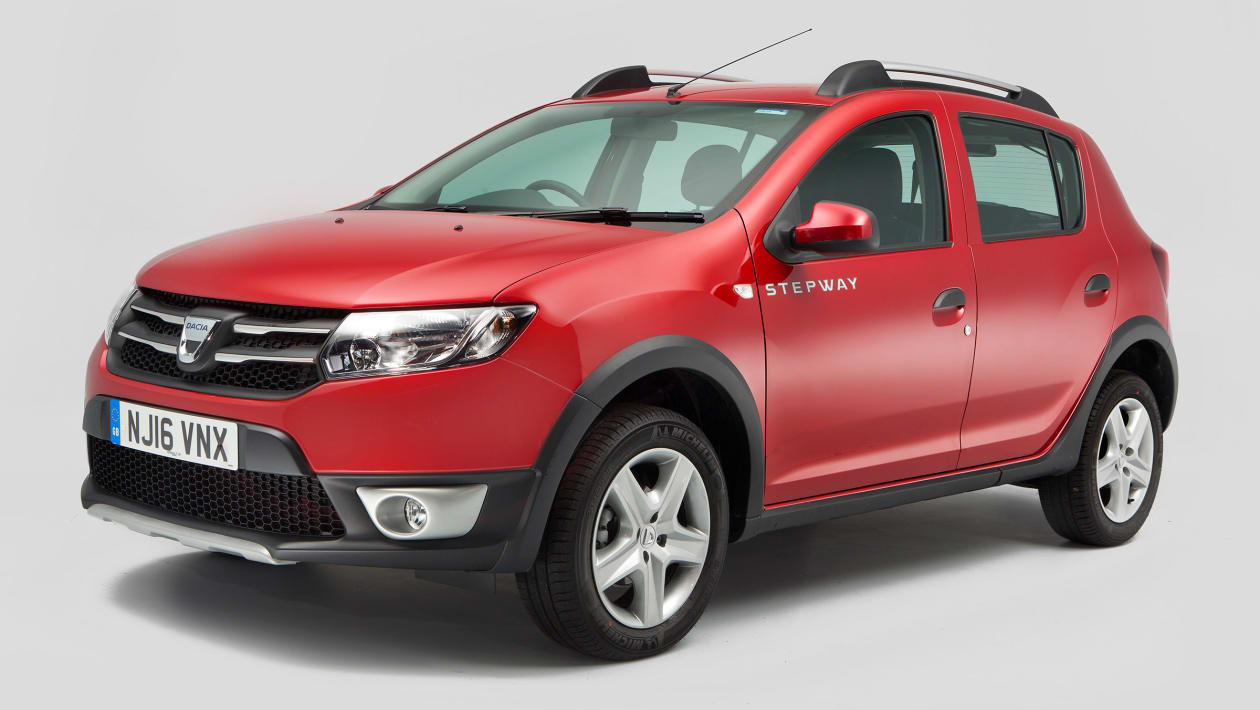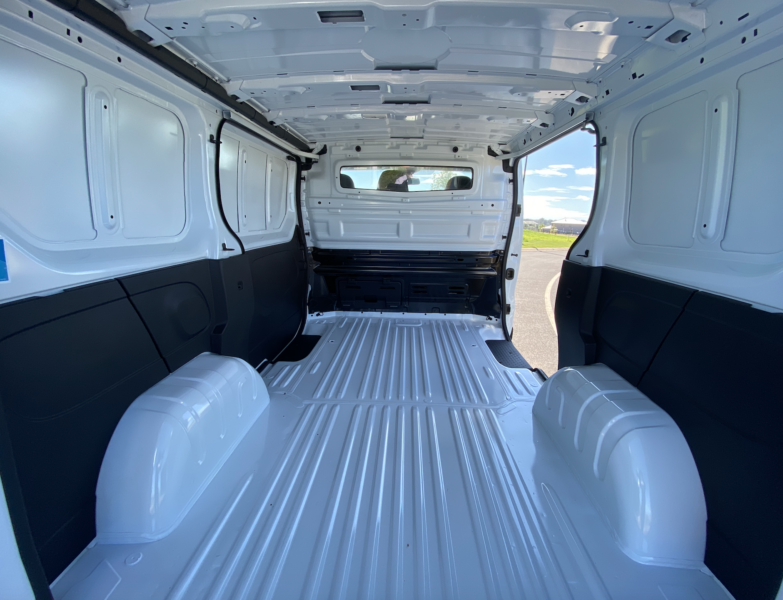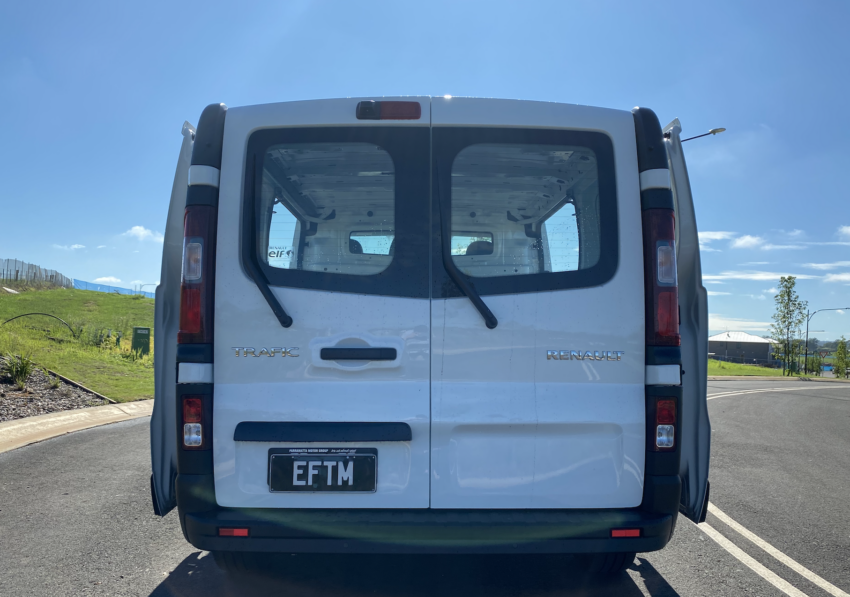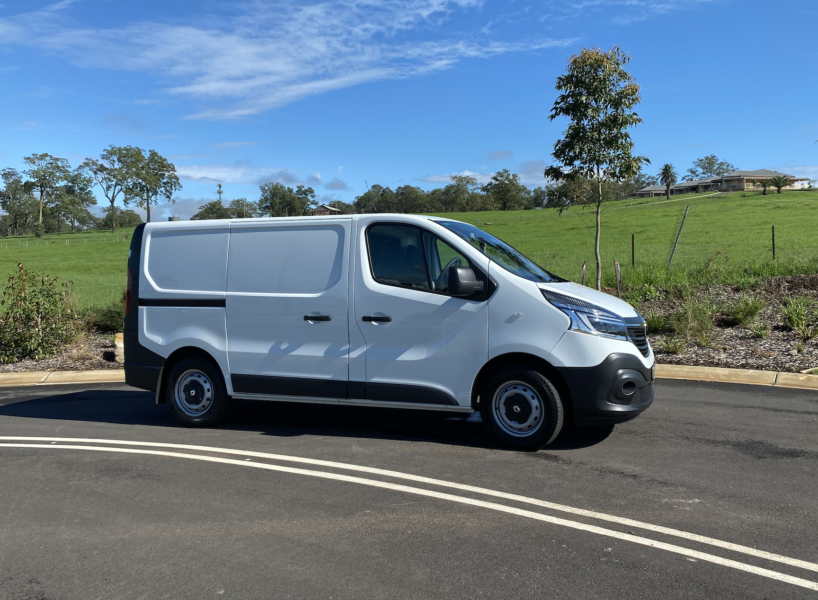Renault’s Sandero range has been wowing the sales charts in recent months. The addition of smartphone mirroring to the Stepway Plus top-of-the-range model gave us the chance to revisit this somewhat under-rated entry-level car.
.
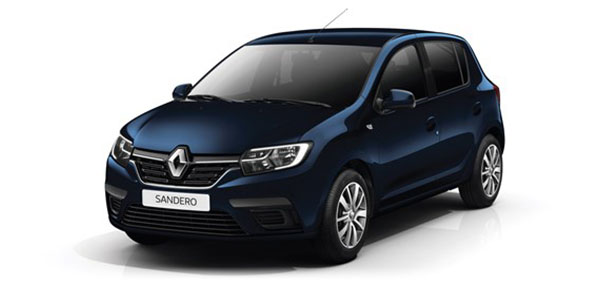
.
The arrival of a Renault Sandero Stepway Plus was the cause of some surprise to us recently, as initially, it appeared that no fundamental changes had been made to the model since its launch. After reviewing the Sandero Plus towards the latter part of 2018 with a slant towards its utility as a family car.
.
However, in May this year, Renault added smartphone mirroring with Apple CarPlay and Android Auto compatibility to its already impressive MediaNav system.
.
At the same time, we again noted the presence of the rear parking camera, always a boon on a car with a high rear tail section like the Sandero. So here was a chance to re-appraise the Sandero, which has never enjoyed much glamour status, but regularly notches up sales of above 500 a month for Renault.
.
Styling
Possibly one of the most telling changes to the Sandero Stepway Plus in May 2018 was to raise the ground clearance when the range was refreshed in mid-2018. The standard Sandero Expression has a ground clearance of 164 mm and this rises to 193 mm with the Stepway Plus model. Wheel size on the Stepway Plus model also increases from 15 inches to 16 inches and these two changes at once give far more credence to the Sandero’s image as a Cross Over model, rather than an entry-level hatch.
.
In addition, the Stepway Plus is adorned with roof rails, skid plates beneath the grille area, fog lamps, attractive alloy wheels (instead of the smaller steel wheels on the base model) and more rugged wheel arch mouldings.
.
All this has been quite subtly done so there is no feeling of the car having been given a quick add-on fix. In essence, the Sandero styling is pretty unremarkable, but these changes have made it quite presentable.
.
Inside, the interior has a surprising feel of quality. The steering wheel is leather-covered on the Stepway Plus and features a chunky, small-diameter design that is pleasing to look at and also to operate. The plastics used on the dash and door panels are pretty much of the hard variety, so not too much in the way of soft-touch surfaces. But the Renault MediaNav system is neatly integrated into the dash just below two large air vents, while the rest of the controls offer simple-to-operate functionality, especially the large rotary switches for ventilation and air-con. It is always a pleasure to hop into a car and immediately suss how to operate the flow of air into the car, rather than having to scroll through a menu!
.
The Drive
All Sandero models use Renault’s mainstay entry-level engine, the 66 kW three-cylinder turbocharged petrol unit displacing just under 900 cc. This engine is also used in the Clio, although it is rated at a slightly more- punchy 70 kW.
The engine works well in the Sandero thanks to 135 Nm of torque being on tap from2 500 rpm and up. Also, you immediately noticed that the car is reasonably light with an unladen weight of 1 046 kg.
.
The power delivery is quite smooth for a three-cylinder, and the ratios on the five-speed gearbox are well-matched to the torque delivery. So, unless you are in a tearing hurry, there is a sense of responsiveness that is easy to live with.
.
Ride quality:
Allied to this, the ride quality is surprisingly good. The chassis seems much more solid than you would expect by looking at the Sandero, and the raised suspension deals with heavy bumps, potholes and speed-bumps well. Importantly, there is good connectivity between the steering wheel and the road wheels, and this Renault tracks straight and true with a minimum of fuss at highway speeds.
.
Performance
That maximum output of 66 kW doesn’t sound like much on paper, and nor does 135 Nm of torque. But when you press on, the Sandero Stepway Plus enables a respectable 0-100 km/h time of 11,1 seconds. Top speed is perhaps less impressive at 169 km/h, but that is pretty much academic for a car of this configuration. The key to all this useable performance is, again, the low weight of the car.
.
Another factor we enjoyed about the Sandero is that it is fitted with a five-speed gearbox and not a six-speed. For this type of no-nonsense people-mover, five-speeds are more than adequate when the engine’s power-band is matched to ratios that are neither too short nor too tall. Often when manufacturers fit a six-speed manual ‘box to a car they opt for impossibly tall ratios to drop the revs in sixth gear and thus improve (theoretical) fuel consumption figures. The Sandero can operate in fifth gear on the highway quite comfortably.
.
Fuel Consumption
Far more important than flat-out acceleration figures for a small family run-around like the Sandero is fuel consumption. A look at the datasheets reveals that fuel consumption is rated at an average of 5,2 litres/100 km. Like all manufacturers’ figures that are all but impossible to achieve in day-to-day motoring, as these tests are conducted in very theoretical, simulated conditions. But we nevertheless averaged 6,4 litres/100 km, which is quite impressive for a full five-seater hatch.
.
Again, we credit the low overall weight of the car at just over 1 000 kg with the impressiveness of these figures. They aren’t best-in-class, but the nice thing about the Sandero is you can achieve these low consumption figures by just driving the car normally because the gear ratios are so well-matched to the spread of power delivery.
.
Space and Comfort
As far as the interior space is concerned , the raised ride height on the Sandero Stepway Plus enables easy entry and departure from the cabin for the driver and front passenger. The rear is a little tight on legroom, although headroom is good all round. The boot is quite respectably sized rated at 292 litres. Happily- a full-sized spare wheel is fitted.
.
Safety
The Sandero Stepway range achieved a moderate three-star NCAP safety rating with four stars for child safety. But in Stepway Plus form it comes with four airbags.
.
More importantly, perhaps, the Stepway Plus comes with an impressive array of electronic safety devices. Apart from ABS brakes it has Emergency Brake Assist which applies maximum baking efficiency automatically in emergency situations. It also has Electronic Stability Control, where the wheels are automatically braked individually to assist in arresting either front-wheel or rear-wheel skids, and traction control. Hill Start Assist is also fitted, which is always handy for pulling away easily on an uphill and not getting shunted up the rear because you have inadvertently stalled.
.
Verdict
Overall, the Renault Sandero Stepway is a nice surprise. It has a modest image that has been nicely enhanced with styling and safety add-ons. But more than anything else, it is the overall feeling of good build quality that impresses, along with Renault’s innovation in equipping even its most basic models with up-to-the-minute infotainment systems that include Navigation, and now, in the case of the Stepway Plus, with smartphone mirroring.
.
The pricing of the Sandero range starts at R184 900 for the Expression. This top-of-the-range model, the Sandero Plus, is still very well-priced at R219 900, and that price includes a good warranty of 5 years/150 000 km. as well as a 2-year/30 000 km service plan.
.
.
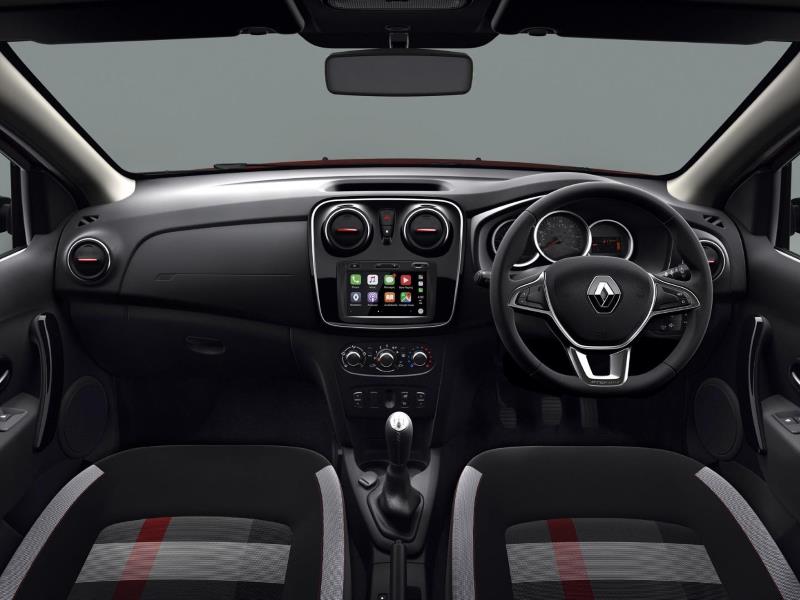


.
Article from:
Renault’s Sandero range has been wowing the sales charts in recent months. The addition of smartphone mirroring to the Stepway Plus top-of-the-range model gave us the chance to revisit this somewhat under-rated entry-level car.

The arrival of a Renault Sandero Stepway Plus was the cause of some surprise to us recently, as initially, it appeared that no fundamental changes had been made to the model since its launch. After reviewing the Sandero Plus towards the latter part of 2018 with a slant towards its utility as a family car.
However, in May this year, Renault added smartphone mirroring with Apple CarPlay and Android Auto compatibility to its already impressive MediaNav system.
At the same time, we again noted the presence of the rear parking camera, always a boon on a car with a high rear tail section like the Sandero. So here was a chance to re-appraise the Sandero, which has never enjoyed much glamour status, but regularly notches up sales of above 500 a month for Renault.
Styling
Possibly one of the most telling changes to the Sandero Stepway Plus in May 2018 was to raise the ground clearance when the range was refreshed in mid-2018. The standard Sandero Expression has a ground clearance of 164 mm and this rises to 193 mm with the Stepway Plus model. Wheel size on the Stepway Plus model also increases from 15 inches to 16 inches and these two changes at once give far more credence to the Sandero’s image as a Cross Over model, rather than an entry-level hatch.
In addition, the Stepway Plus is adorned with roof rails, skid plates beneath the grille area, fog lamps, attractive alloy wheels (instead of the smaller steel wheels on the base model) and more rugged wheel arch mouldings.
All this has been quite subtly done so there is no feeling of the car having been given a quick add-on fix. In essence, the Sandero styling is pretty unremarkable, but these changes have made it quite presentable.
Inside, the interior has a surprising feel of quality. The steering wheel is leather-covered on the Stepway Plus and features a chunky, small-diameter design that is pleasing to look at and also to operate. The plastics used on the dash and door panels are pretty much of the hard variety, so not too much in the way of soft-touch surfaces. But the Renault MediaNav system is neatly integrated into the dash just below two large air vents, while the rest of the controls offer simple-to-operate functionality, especially the large rotary switches for ventilation and air-con. It is always a pleasure to hop into a car and immediately suss how to operate the flow of air into the car, rather than having to scroll through a menu!
The Drive
All Sandero models use Renault’s mainstay entry-level engine, the 66 kW three-cylinder turbocharged petrol unit displacing just under 900 cc. This engine is also used in the Clio, although it is rated at a slightly more- punchy 70 kW.
The engine works well in the Sandero thanks to 135 Nm of torque being on tap from2 500 rpm and up. Also, you immediately noticed that the car is reasonably light with an unladen weight of 1 046 kg.
The power delivery is quite smooth for a three-cylinder, and the ratios on the five-speed gearbox are well-matched to the torque delivery. So, unless you are in a tearing hurry, there is a sense of responsiveness that is easy to live with.
Ride quality:
Allied to this, the ride quality is surprisingly good. The chassis seems much more solid than you would expect by looking at the Sandero, and the raised suspension deals with heavy bumps, potholes and speed-bumps well. Importantly, there is good connectivity between the steering wheel and the road wheels, and this Renault tracks straight and true with a minimum of fuss at highway speeds.
Performance
That maximum output of 66 kW doesn’t sound like much on paper, and nor does 135 Nm of torque. But when you press on, the Sandero Stepway Plus enables a respectable 0-100 km/h time of 11,1 seconds. Top speed is perhaps less impressive at 169 km/h, but that is pretty much academic for a car of this configuration. The key to all this useable performance is, again, the low weight of the car.
Another factor we enjoyed about the Sandero is that it is fitted with a five-speed gearbox and not a six-speed. For this type of no-nonsense people-mover, five-speeds are more than adequate when the engine’s power-band is matched to ratios that are neither too short nor too tall. Often when manufacturers fit a six-speed manual ‘box to a car they opt for impossibly tall ratios to drop the revs in sixth gear and thus improve (theoretical) fuel consumption figures. The Sandero can operate in fifth gear on the highway quite comfortably.
Fuel Consumption
Far more important than flat-out acceleration figures for a small family run-around like the Sandero is fuel consumption. A look at the datasheets reveals that fuel consumption is rated at an average of 5,2 litres/100 km. Like all manufacturers’ figures that are all but impossible to achieve in day-to-day motoring, as these tests are conducted in very theoretical, simulated conditions. But we nevertheless averaged 6,4 litres/100 km, which is quite impressive for a full five-seater hatch.
Again, we credit the low overall weight of the car at just over 1 000 kg with the impressiveness of these figures. They aren’t best-in-class, but the nice thing about the Sandero is you can achieve these low consumption figures by just driving the car normally because the gear ratios are so well-matched to the spread of power delivery.
Space and Comfort
As far as the interior space is concerned , the raised ride height on the Sandero Stepway Plus enables easy entry and departure from the cabin for the driver and front passenger. The rear is a little tight on legroom, although headroom is good all round. The boot is quite respectably sized rated at 292 litres. Happily- a full-sized spare wheel is fitted.
Safety
The Sandero Stepway range achieved a moderate three-star NCAP safety rating with four stars for child safety. But in Stepway Plus form it comes with four airbags.
More importantly, perhaps, the Stepway Plus comes with an impressive array of electronic safety devices. Apart from ABS brakes it has Emergency Brake Assist which applies maximum baking efficiency automatically in emergency situations. It also has Electronic Stability Control, where the wheels are automatically braked individually to assist in arresting either front-wheel or rear-wheel skids, and traction control. Hill Start Assist is also fitted, which is always handy for pulling away easily on an uphill and not getting shunted up the rear because you have inadvertently stalled.
Verdict
Overall, the Renault Sandero Stepway is a nice surprise. It has a modest image that has been nicely enhanced with styling and safety add-ons. But more than anything else, it is the overall feeling of good build quality that impresses, along with Renault’s innovation in equipping even its most basic models with up-to-the-minute infotainment systems that include Navigation, and now, in the case of the Stepway Plus, with smartphone mirroring.
The pricing of the Sandero range starts at R184 900 for the Expression. This top-of-the-range model, the Sandero Plus, is still very well-priced at R219 900, and that price includes a good warranty of 5 years/150 000 km. as well as a 2-year/30 000 km service plan.



Article from: https://bonjourrenault.wordpress.com/2020/08/04/renaults-2018-sandero-stepway-plus-is-smart/





















